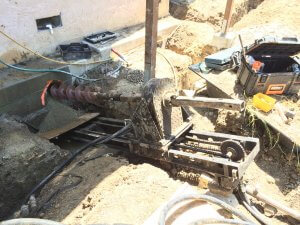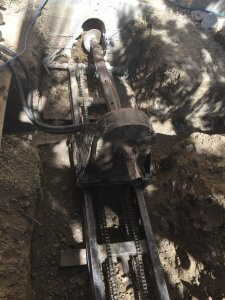 As a resident of the San Francisco and Oakland areas, you are likely aware of the potential for earthquake damage. However, many are not fully aware of the level of risk for which some structures are exposed.
As a resident of the San Francisco and Oakland areas, you are likely aware of the potential for earthquake damage. However, many are not fully aware of the level of risk for which some structures are exposed.
Many of the homes and buildings in the region were built many decades ago. While the skill of the builders may have been good, they did not have the understanding of seismic forces that we do today. For this reason, many of these structures are at a great risk for severe damage in the event of an earthquake.
In a seismic event, the understructure of a home is subject to immense lateral force. While there are other possible forms of damage, most commonly the damage will occur in one of three ways. The first is sliding, where the home slides off the foundation. Another form of damage is known as racking, where the cripple wall collapses, and finally, you have overturning, where the home lifts off the foundation.
The idea behind most seismic retrofit projects is to secure the structure in ways that will prevent these forms of damage.
To prevent the displacement of the structure from the foundation, a strategy for bolting or anchoring can be applied. With this, the contractor will use long bolts and plate washers to anchor the sill to the foundation. When done properly, this will prevent the displacement of the home in the event of an earthquake.
With many older homes, the cripple wall is not properly braced to withstand the forces of an earthquake. In a seismic retrofit, the contractor will prevent the racking or collapsing of the cripple wall by adding bracing to this part of the understructure. To brace the cripple wall, the contractor will use structural grade plywood to create what is known as a shear wall.
 In some cases, the constructed shear wall may need to be secured to the foundation. In these cases, the contractor will use special hold down brackets. These brackets will be attached at the ends of the shear wall and fixed to the foundation using long bolts that anchor the bracing structure. The main purpose of the hold down bracket is to prevent the moving or shifting of the shear wall.
In some cases, the constructed shear wall may need to be secured to the foundation. In these cases, the contractor will use special hold down brackets. These brackets will be attached at the ends of the shear wall and fixed to the foundation using long bolts that anchor the bracing structure. The main purpose of the hold down bracket is to prevent the moving or shifting of the shear wall.
Another point to consider in seismic retrofitting is the connection between the floor of the house and the cripple wall or sill. Many older homes lack an adequate connection to the understructure of the home. If this is true, the home is at risk for sliding off the foundation. In these cases, the contractor will need to improve the connecting structure between the flooring of the home and the cripple wall or sill.
For seismic retrofits in the Bay Area, contact Montclair Construction. The team from Montclair Construction has performed numerous seismic retrofits, and we have the experience and knowhow to ensure that your home is earthquake resistant.

